LENA ERDIL - FEMALE FORCE
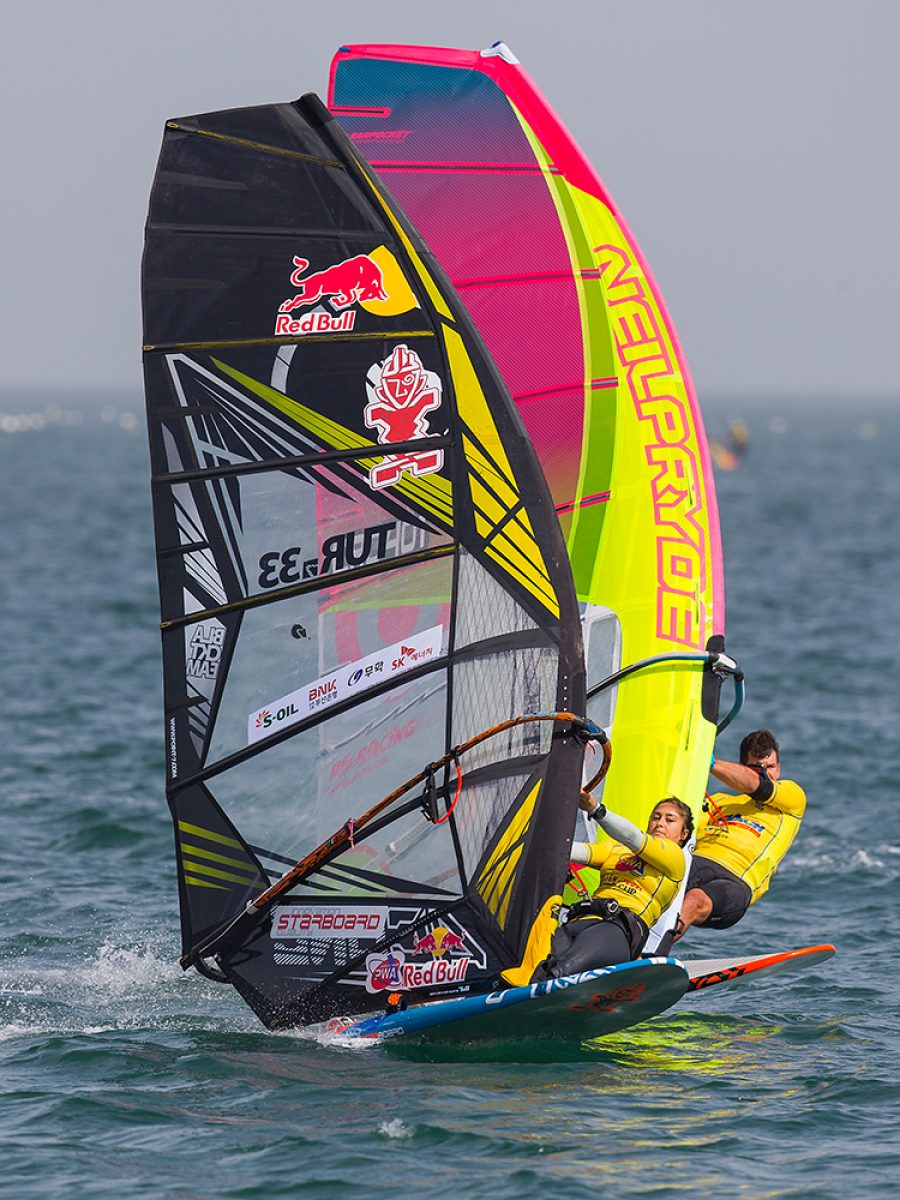
Are men and women treated the same in professional windsurfing? Could windsurfing be doing more to encourage women into the sport? They are challenging questions that require answers, PWA Vice World Slalom Champion Lena Erdil steps up to the mark to tell some home truths and start the debate and we give the PWA and IFCA the right to reply.
Words Lena Erdil // Photos John Carter, Karim Mahdjouba, Murat Yilmaz & Håkon Skorge.
Originally published within the October ’17 edition.
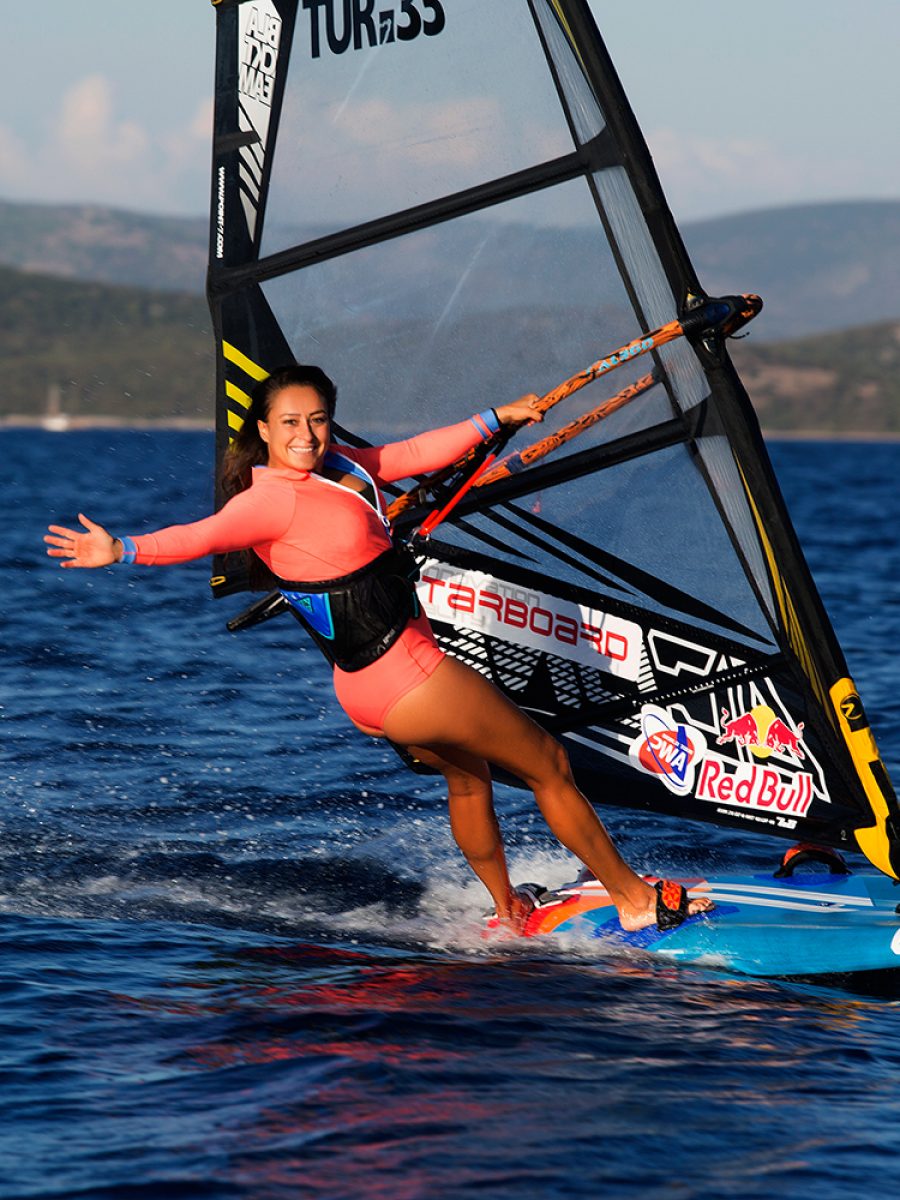
I have to confess, this article is on some of the topics closest to my heart at the moment. Gender inequality, Women in Sports and Feminism are topics that still call for our attention—especially in the windsurfing world. Whilst globally more women than ever are taking part in extreme sports, I feel that there is a problem with the growth and development of women’s windsurfing. I don’t think it is a coincidence that this happens in a sport where most brand and marketing managers are male windsurfers. A lack of support for women within the sport creates an environment where female athletes are unable to evolve in the same way – or in the same numbers – as men, which in turn feeds back to the industry as justification not to support women equally. This vicious cycle is one of the reasons that the windsurfing world is not growing as it could be—and as it deserves to. I have seen so many extremely talented girls join the world tour and have to stop after a couple of years just because they lack the support they need.
Not only has there been more female windsurfers taking part in the world cup in recent years, but the level of professionalism and skill has also increased. This growth, however, has not been accompanied by an increase in support from the industry. Women receive on average 5-10 times less support for the same performance as their male counterparts. I find this huge difference incredibly difficult to justify. The differences in sponsorship and prize money are also huge. Women get a third of what the guys get in prize money, whilst having the same expenses and putting in the same hours of training and preparation as the men. The top 16 men get free accommodation at events, while only the top 4 women receive this privilege. Knowing this scares me. There is a growing momentum of women’s windsurfing at the moment, but it cannot last without increased support from the industry. If rider organisations such as the PWA send out the right message concerning the importance of female riders through the way they support them, I believe that we can help windsurfing continue to grow.
I am excited to be part of a new generation of young professional windsurfers, ready to do whatever it takes to bring the sport and our own performance to the highest possible level. I don’t want to just say ‘we get so little while the guys get so much’, because the male sailors are also getting nowhere near what they deserve in terms of time, money, passion and talent invested. We are a minority sport with small budgets, but as women we are a minority within this minority and I think we need to shout a bit louder about this. Looking at examples from other sports, I think it’s obvious that a better and more visible female presence within a sport helps widen its audience, as well as the possible participation pool. The best example is in professional surfing – since the WSL committed to parity in prize money and the women get to surf in better conditions and at more events, professional female surfing excellence has increased massively. And then there are more and more girls in the water at all the surf spots and more and more brands selling female only surf apparel. Allowing female windsurfing to grow will ultimately benefit and grow the sport as a whole, so it’s strange that so far the support has not increased. Growing the sport that we are all so passionate about will be positive for everyone involved, athletes in all disciplines and categories, men and women alike. (Other ways of growing our sport will remain a topic for another column on another occasion!…)
Let’s get back on track and talk about the ‘girl power’ vibe I love within female windsurfing! From my first days as a rookie, one of the most beautiful things on the world tour amongst all disciplines has been to see the level of support amongst female competitors. More than rivals who are in constant competition, there is an atmosphere of community amongst the girls, a bond that is probably created by the feeling of being ‘lone warriors’ in a male dominated world. When I started, the top women in the sport were always tremendously welcoming and helpful and I remember slalom events with as few as 10 participants, racing with only 1 heat. Now we have doubled or even tripled these numbers! But the spirit has not changed. I do my best to transmit that same welcoming and supportive vibe to any girl who wants to join the world cup, and I hope that more girls will be able to choose the sport they are so passionate about as a feasible career option. Being friends and competitors is not a given—but it is the norm amongst the girls on tour. You would think that where money and resources are scarce, rivalry would be greater, but women in windsurfing have realised that there is strength in numbers and that only by supporting each other will it be possible to grow as a whole.
We have had many meetings in recent years concerning women’s windsurfing and as a result I have witnessed some positive changes. I have also seen things that I wish I could pretend did not happen. Three years ago at the IFCA World Championships in Sylt, the women competitors were told that IFCA was not going to be able to give out a World Champion title to the women because they didn’t have enough entrants and that there would have to be 50 entrants for 3 years in a row to make a change possible. A meeting was held and we complained how unfair this sounded and – tadaaaa – the next year at the IFCA World Championships in Croatia we were awarded an official title! I was happy to receive the first official title given out after many years, but in fact it came as a total surprise, as it was not previously announced and also after what we had been told in the meeting the previous year, I had attended the event for other reasons. In any case, I want to thank IFCA here for having made these changes. It was an important step and I am glad to know that we were heard.
Despite some steps in the right direction, like writing almost the same amount about women as for men in event recaps and not sending us out in the worst possible conditions, the PWA showed me once more this year that there is some catching up to do! After about 4 years of meetings (these are just the ones I personally attended) discussing how to improve the situation for women in the sport (not the financial discrimination), the women still ended up having a lot less events. Women ended up having a slalom world tour with only 2 events and as little as 3 finals and a freestyle world cup with 1 single event in the past 3 years! Not having events is another way in which women are disadvantaged from the start; less visibility, less credibility, less chance to gain experience. However, we were assured that the PWA would never again, under any circumstances, agree to have any new event with only men’s slalom, because they agreed that this would send the wrong message to the industry, the public, potential future events as well as the rest of the world and all women in the sport. So when, after all these years of meetings, a new men-only slalom event was scheduled to take place in Marseille in spring 2017, I was beyond shocked! In the end, the event did not take place due to financial reasons, but it is clear that in the moment where the organisation could have shown some spine and set the right example, they once again succumbed to ‘industry demands’. I hope that this article and speaking out loud about these issues will prevent such things from happening in the future and that more efforts will be made to overcome these outdated mindsets.
Women in windsurfing have to deal with a double standard constantly and most of the time the justification is that the men are more numerous or have a higher skill level. But this won’t change if we don’t create an environment where change is possible. Of course double standards for women are all around us not only in the windsurfing world but in windsurfing some of these standards are so deeply engrained that the people in charge don’t seem to be aware of them. For example, why should there be a rule that the maximum number of female world cup participants for women is 32, while the guys can have 64? We need to speak up more often about these double standards, so that they can be recognised and hopefully eradicated over time. It seems a miracle that while the rest of windsurfing has not grown much in recent years, the women’s side of things has indeed grown, and this is a change that needs to be seen, realised and acted upon.
Windsurfing is a tough sport. It takes passion, dedication and a lot of work, but we do it because we love it, men and women alike! I hope that more women will be given the opportunity to progress and take things to the next level. Since the degree of support has been so unequal, women have not been given an environment in which they were able to progress in the same way as men, but that also means that there is plenty of potential for progress and I feel that we are in a great place with many young talented female riders ready to push the sport. I hope the community will realise that there is some catching up to do and partake in this venture, especially by closing the pay gap in the windsurfing world. This will not only allow there to be a progression in athletic excellence, but, more importantly, it will grow the market in a way which will involve the other half of the world population! More professional female athletes will mean more role models for girls to follow. I never considered myself much of a feminist but over the years I have been shocked so many times by the gender inequality that persists at such an extreme level in windsurfing that I have found myself feeling more and more strongly about this. As Nobel Peace Prize winner Malala Yousafzai said at the United Nations on her 16th birthday, ‘We cannot succeed when half of us are being held back.’
Lena Erdil
RIGHT TO REPLY – PWA
Firstly, let us make it clear that the PWA has always strived to promote equality and to achieve more for the women’s division, and if it was simply our choice, then things would be very different, but things are not quite so straightforward. Although we do not disagree with the ideals contained in Lena’s article, there are some points that do not necessarily represent a balanced view of the situation and there are certain circumstances that the reader should be aware of to have a better understanding of the challenges faced and why the specific situations mentioned exist.
The PWA represents all aspects of the sport at a professional level – women, men and across the disciplines and the industry. Sadly we do not have the luxury of simply deciding to create parity between the divisions as happened in surfing. We are bound by market forces to some extent and currently sponsors and event organisers are just not willing to cooperate. Contrary to popular misunderstanding, the PWA does not just sit on a huge fund each year and decide where and when to spend it. Each event is individually funded and we can only guide and shape how those funds are allocated to a certain extent before we risk losing the event altogether if our goals are different from the sponsors’ or local organisers’ desires. The same is true with the disciplines – if an event partner is willing to work to raise the money needed and organise a Slalom event, we cannot just tell them they must run Freestyle. We can encourage, cajole, educate and even try to price events in a way that will guide them in that direction, but we cannot force them if they really do not want to, as they will just cancel the event or maybe look at another sport instead.
However, that does not mean that there is not considerable effort on the part of the PWA to expand the women’s side of the sport. We have pushed quite hard to try to set up women only events in order to better showcase the skills of the women’s division and we have created several initiatives to try to encourage and educate our event partners in how to “sell” the women’s division more successfully and start to generate the significant value that we believe the women’s division is yet to fully exploit. We totally agree that there is much more room for growth in the women’s divisions and we have advocated this for years. Lena knows from her own experience of trying to set up a women’s only event that it is not always easy though.
Undoubtedly there is a lack of support from the industry, and yes, much of that is chicken and egg, but anyone involved in the industry knows that the brands also do not have money just lying around to spend. The circular nature of the problem also exists in events – less events = less support = less women competing. But without a significant injection of external funding to break the cycle we can only continue to try to change things through persuasion and education. With regards to policies on men only events, yes, we do not offer new event organisers the option to run men only events. We stipulate quite clearly that this is not an option which is the standard policy, and taking a stand on that has cost us events – events that would still have been good for the sport and for the industry, but that were lost because we were defending the rights of the women’s division, rights that we believe in. However, we do not only represent the women, we also have a responsibility to the men’s division (and industry). We have refused men only events, yet at the same time we have pushed to have events with only women, with no compensation for the men’s division. In the case of Marseille, we made it clear that a men only event was not an option for over 8 months, and the organisers understood this. In the end, last minute funding shortages, after a huge amount of work had been done on both sides, left us with 2 options on the table – either cancel the event or run with only men. We are talking here about an important event in an important market that would have been a big boost to the men’s division and to the industry as a whole, regardless of gender. Whilst the thinking was split on the correct course of action, can it be considered to be representing the men’s and women’s divisions fairly – as well as the industry – if we cancel an event for the men on the grounds that the organiser / sponsor is unable to fund the women’s division alongside it?
So to the suggestion that the PWA “show some spine” I ask Lena, when evaluating our spinal rigidity, to look in detail at the history of events over the last few years and the hundreds of emails where we have pushed this issue and lost events as a result (or at least severely damaged relationships) and not just evaluate us based on one occasion, where the decision was public and did not go the way that we might have liked. On balance, we have heavily supported this concept. As a footnote to the discussion, if there is anyone reading this article who is interested in women’s events or anything to do with helping us build the women’s side of the sport, then please contact the PWA at info@pwaworldtour.com. PWA.
RIGHT TO REPLY – IFCA
IFCA and World Sailing Regulations concerning Class World Titles
1) Each International Class is according to regulation 25.2.1:
Quote: automatically granted the right, subject to the notification
requirements of Regulation 25.7, to hold one annual World Championship.
Regulation 10.4 defines how this right is maintained or rescinded.
2) Each International Class, according to regulation 25.2.5 is also awarded with:
Quote: the following subsidiary World Championship titles:
(a) one Women’s World Champion title.
(b) one Youth World Champion title (which may be on the basis of gender), where youth crews are so defined by the Class.
(c) one further World Champion title on the basis of gender, age or discipline.
Quote: the following subsidiary World Championship titles:
(a) one Women’s World Champion title.
(b) one Youth World Champion title (which may be on the basis of gender), where youth crews are so defined by the Class.
(c) one further World Champion title on the basis of gender, age or discipline.
3) These rights are further described in regulation 10.4 (b) detailing that
Quote: The World Championships should meet or exceed the following participation levels for two of the last three World Championships
Category according to Number of No. of No. of
Hull Length Entries Countries Continents
Boats up to 6.0m 30 5 2
Boats up to 6.0m 30 5 2
If a Class has failed to meet this requirement for two of their last three World Championships, it may only call its next such event a World Championships and award World Champion titles if the participation levels at that event meet this requirement.
The IFCA (International Funboard Class Association) handles for World Sailing since1981 slalom, freestyle and wave in all gender and age categories. To give all participants a World Title we would need yearly 12 World Titles (if we would have the numbers). IFCA chooses every year, in function of the evolution of the sport which disciplines, gender and age categories gets priority for the World Titles. The last few years this has been Men, Youth and Master Slalom and Men Freestyle. The decline in Freestyle pushed us to what we have now: Men, Women, Youth and Master Slalom. Currently World Sailing is revising both regulation 10 and 25 in a working party made by 10 specialists and I was appointed as one of them. One of my goals is to find a better regulation mainly for Women and Discipline linked titles…to be continued.
Bruno De Wannemaeker,
President IFCA.
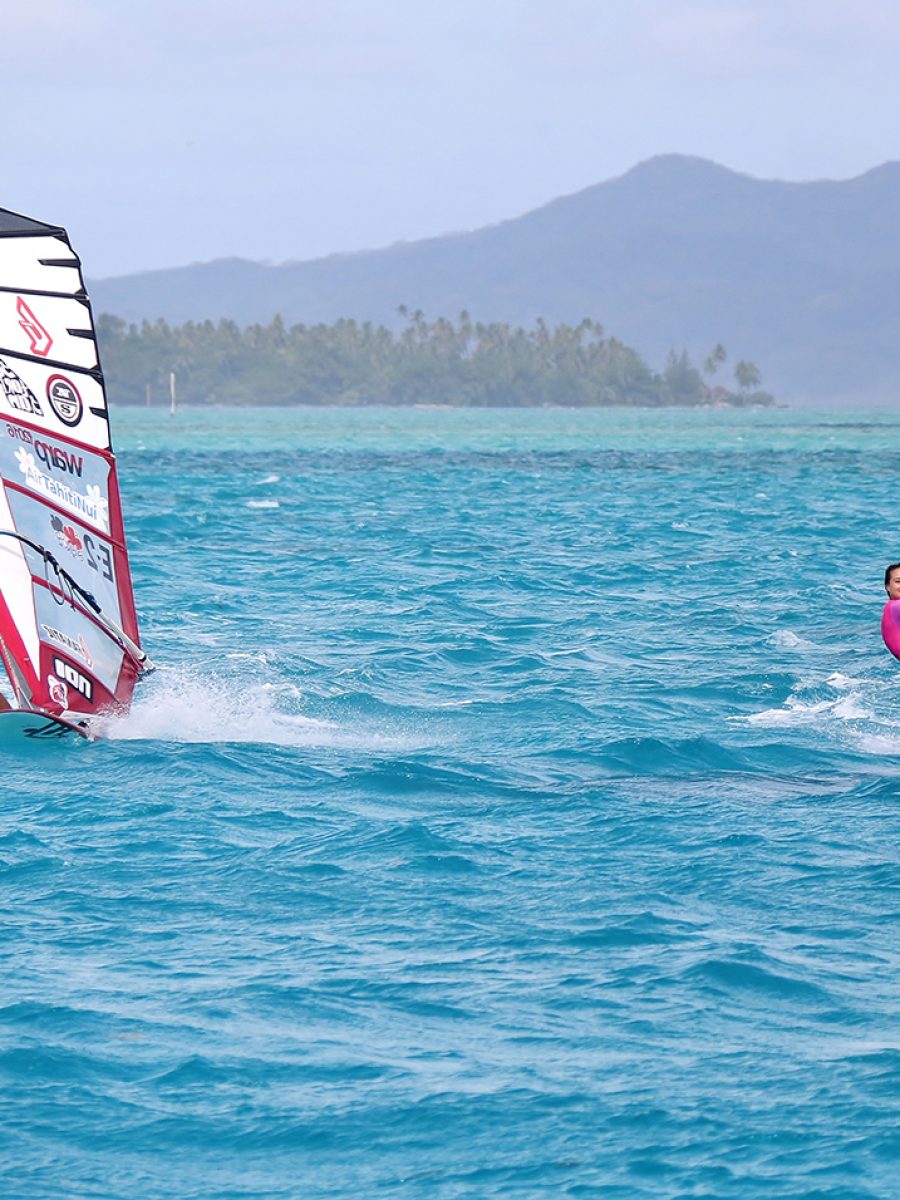
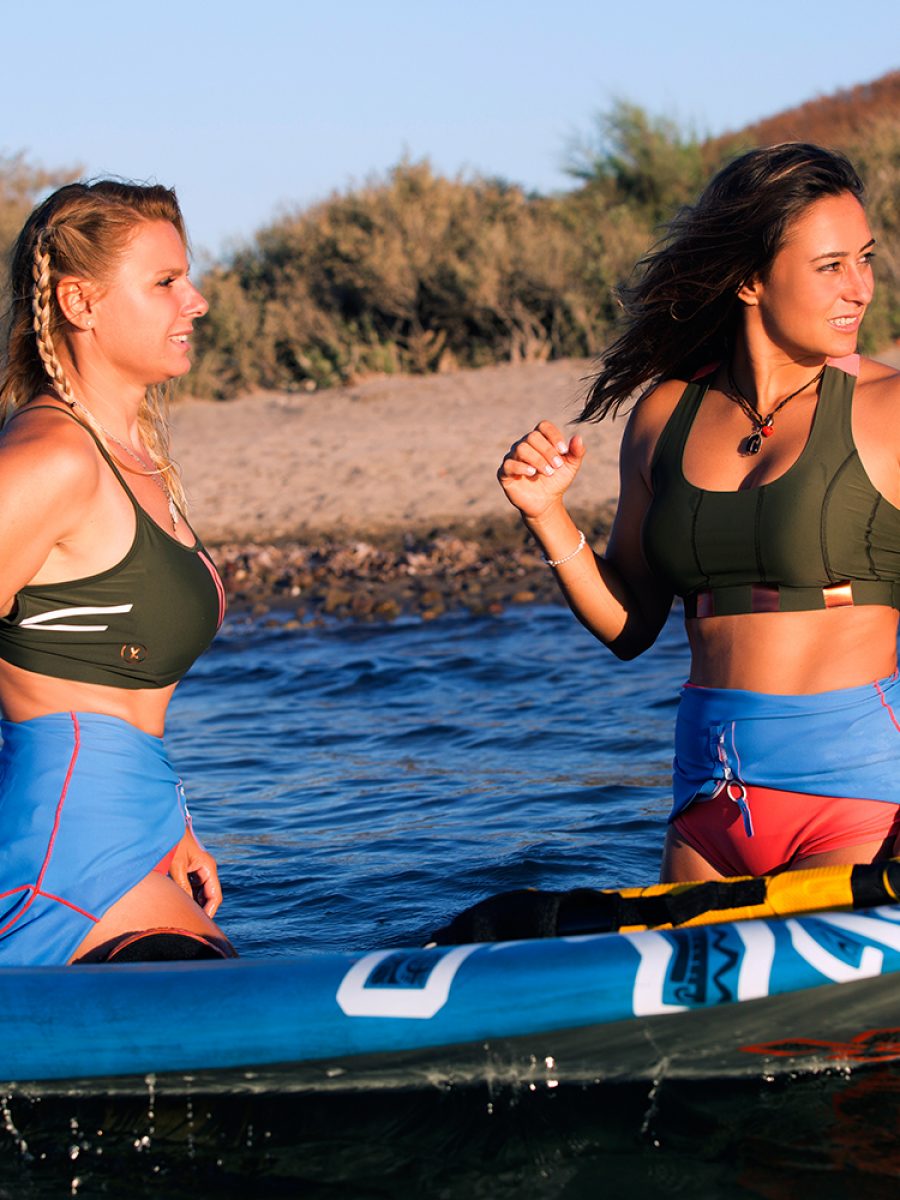

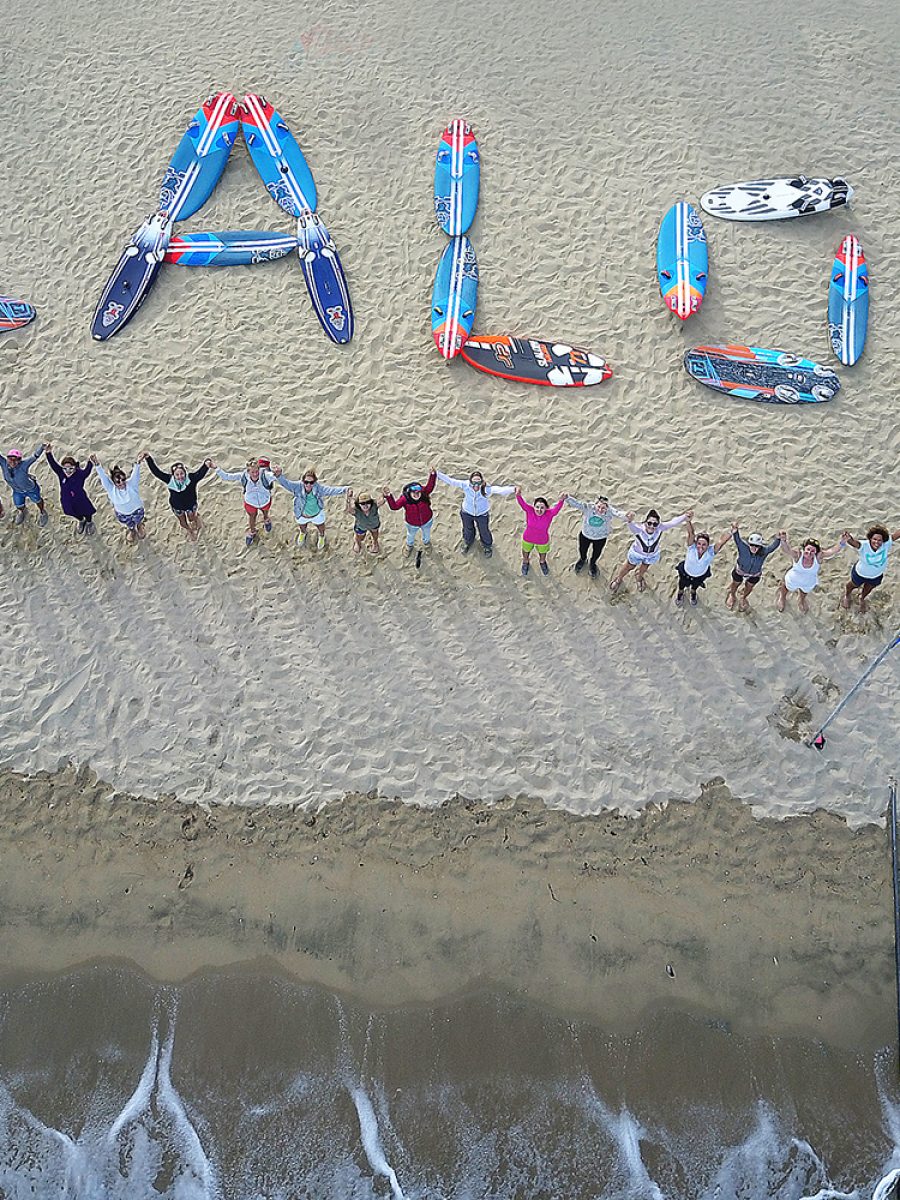
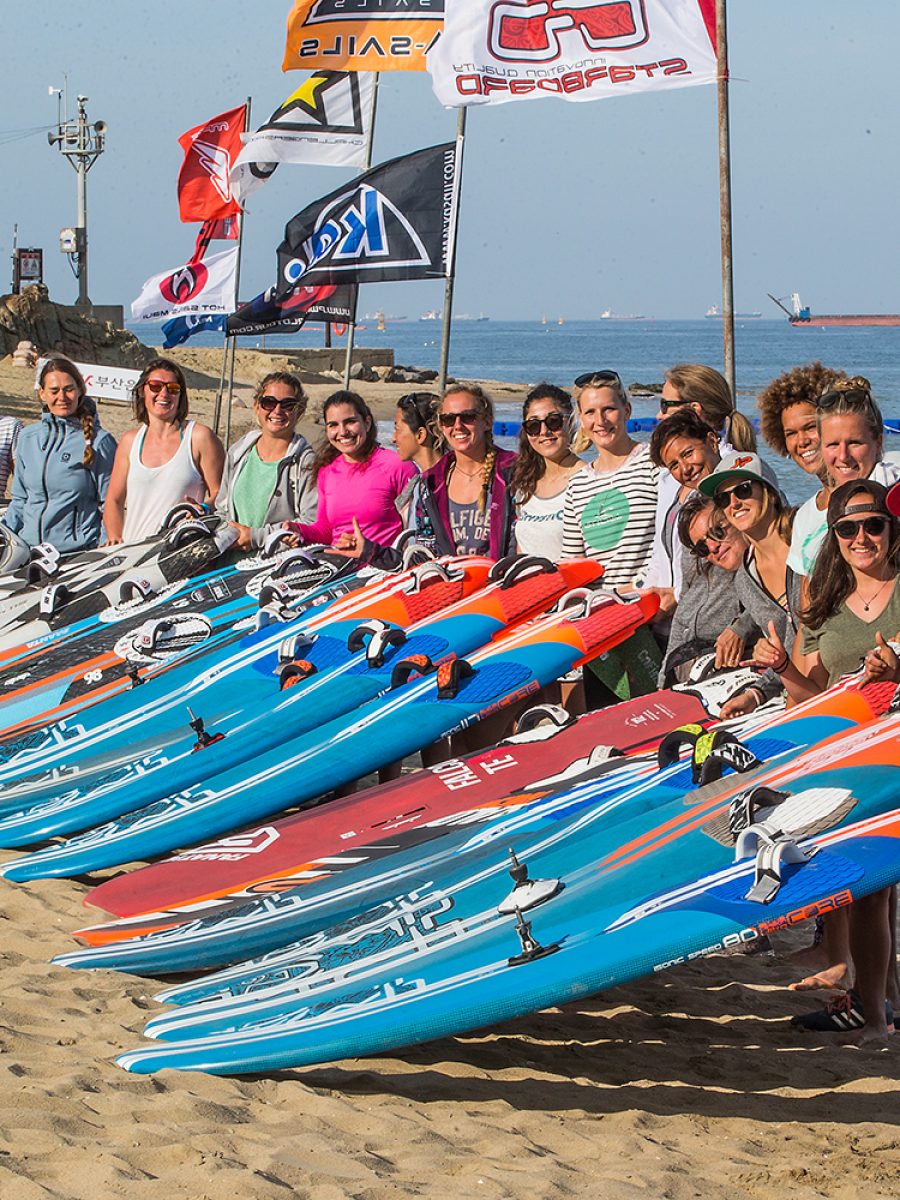
The post LENA ERDIL – FEMALE FORCE appeared first on Windsurf Magazine.